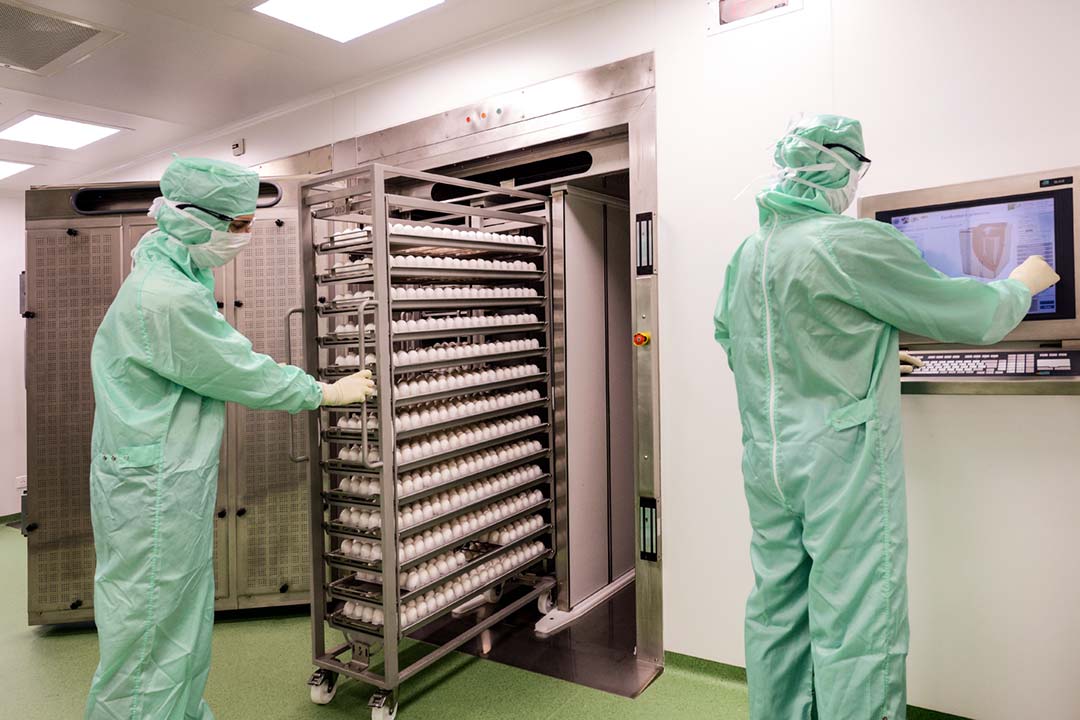Mobile phone data reveals the most effective strategies for reducing COVID spread
Restaurants, gyms and religious establishments appear to account for most coronavirus infections in US cities, but new analysis suggests there are strategies which can reduce the risks.
- 9 December 2020
- 3 min read
- by Priya Joi , Linda Geddes

From face masks and curfews on alcohol sales to full lockdowns, different countries have implemented various strategies to curb the transmission of the coronavirus over the past 12 months. But identifying the most effective and least disruptive methods has been tricky because there’s limited epidemiological data available on how individual interventions impact infections.
Now, researchers at Stanford University have come up with an innovative solution. By combining models of infectious disease transmission with mobility data gleaned from mobile phones of individuals as they go about their daily lives, the researchers have confirmed that visits to restaurants, gyms and religious establishments play a disproportionately large role in driving up COVID-19 infection rates. The research, which was published in Nature, also provides some pointers as to how best to contain the spread of the disease, whilst limiting damage to economies.
Serina Change and her colleagues analysed anonymised mobile-phone records for 98 million US citizens, to track people’s movements as they visited shops, restaurants and other public venues throughout March and April 2020. They plugged this data into a basic epidemiological model that estimated how quickly coronavirus spreads, and then compared the ability of this updated model to predict COVID-19 infections in US neighbourhoods with official reports of COVID-19 cases one month later, confirming that it accurately predicted infections.
Have you read?
Next, the team used their model to simulate various scenarios, such as reopening some venues while keeping others closed. Doing so revealed that opening restaurants at full capacity led to the largest increase in infections, followed by gyms, cafes and hotels and motels. Reopening strategies that specifically target high-risk venues should therefore be especially effective, the research suggests.
The model also provided some insights into how capping visitor numbers to such venues might affect infection rates. For instance, capping occupancy to 20% of the maximum venue capacity was predicted to reduce the number of new infections by more than 80%, but only lost 42% of overall visits because people could spread their visits over a longer time period.
The research may also shed fresh light on why people from poorer neighbourhoods are at greater risk of catching COVID-19. Combined with the fact that they are often less able to work from home, the grocery shops they visit for essential supplies are often more crowded than in wealthier areas, seeing 59% more hourly visitors per square foot, on average. Visitors also linger in these shops around 17% longer, making a shopping trip in a poor neighbourhood roughly twice as risky as one in a wealthier district.
Supporting more stringent caps on visitor numbers to high-risk venues like restaurants and gyms, and finding ways to distribute food to people in poorer neighbourhoods without requiring them to pack into crowded shops, could be effective strategies for reducing transmission rates, the researchers suggest, as could free and widely available testing in high-risk neighbourhoods.








